Home>Furniture & Design>Outdoor Furniture>How To Build An Outdoor Basketball Court Floor
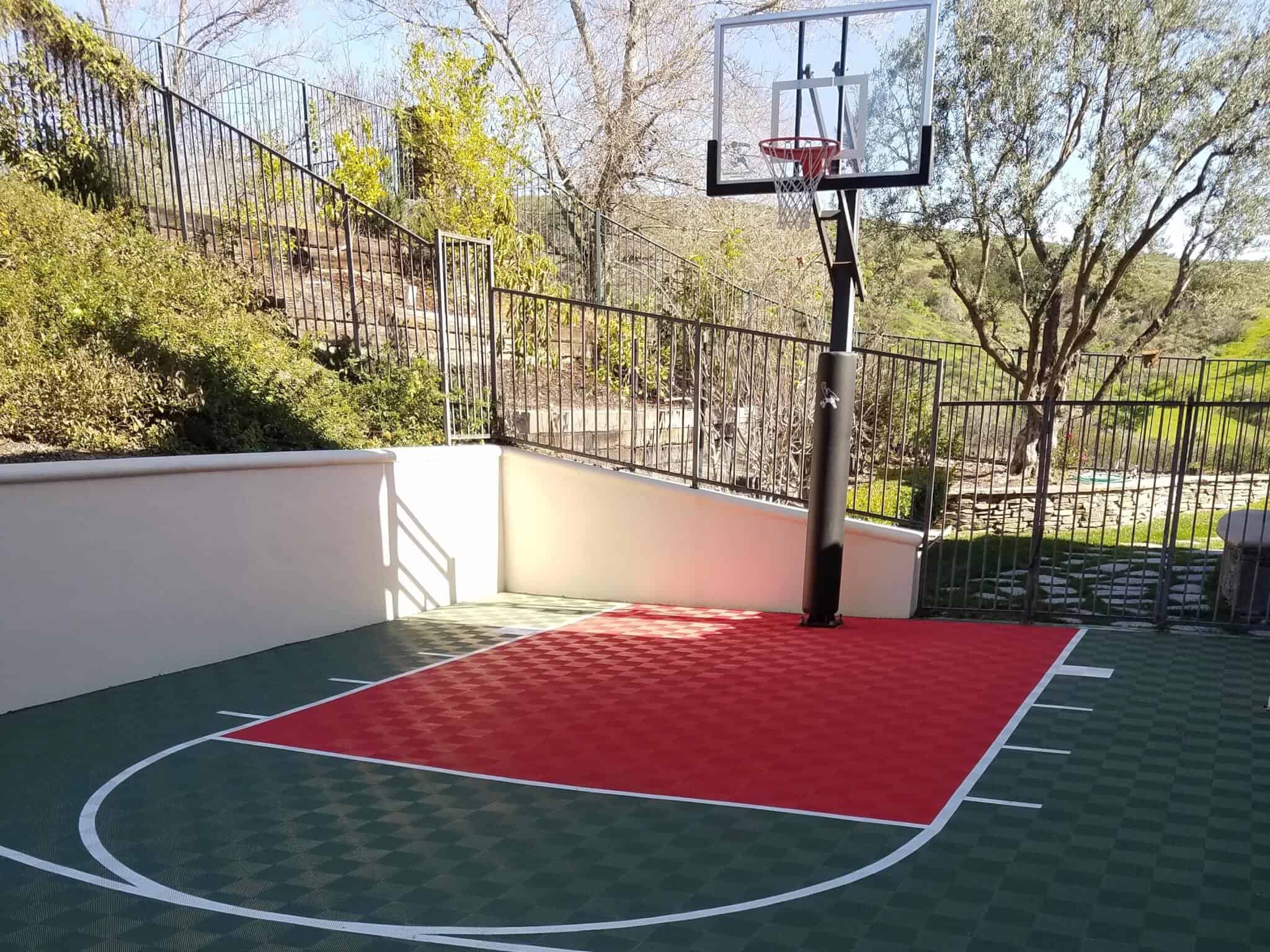

Outdoor Furniture
How To Build An Outdoor Basketball Court Floor
Modified: February 12, 2024
Learn how to build a durable and stylish outdoor basketball court floor with our expert tips and design ideas. Create a functional space with the best outdoor furniture and design solutions.
(Many of the links in this article redirect to a specific reviewed product. Your purchase of these products through affiliate links helps to generate commission for Storables.com, at no extra cost. Learn more)
**
Introduction
**
Welcome to the exciting world of outdoor basketball courts! Whether you're a passionate basketball enthusiast or a homeowner looking to create a fun and functional outdoor space, building your own basketball court can be a rewarding and enjoyable project. Imagine the satisfaction of shooting hoops in your backyard, hosting friendly games with family and friends, or simply practicing your jump shot whenever the mood strikes.
In this comprehensive guide, we'll walk you through the essential steps and considerations for creating an outdoor basketball court floor that not only meets your needs but also enhances the overall appeal of your outdoor space. From planning and preparation to selecting the right location, choosing the ideal flooring material, and completing the finishing touches, we'll cover everything you need to know to bring your vision to life.
So, grab your basketball, roll up your sleeves, and get ready to embark on an exciting journey to build an outdoor basketball court floor that will undoubtedly become a focal point of enjoyment and recreation for years to come. Let's dive in!
Key Takeaways:
- Planning and preparation are crucial for building an outdoor basketball court. Consider the space, regulations, budget, and court’s purpose to ensure a successful and enjoyable project.
- Selecting the right location and flooring material, and meticulously building the foundation are essential for creating a high-quality outdoor basketball court. Pay attention to details and finishing touches for a professional and inviting space.
Read more: How To Make An Outdoor Basketball Court
Planning and Preparation
Before you start digging or ordering materials, it’s crucial to lay a solid foundation through careful planning and preparation. This phase sets the stage for a successful outdoor basketball court project and ensures that every subsequent step falls into place seamlessly.
Begin by envisioning the ideal size and layout for your basketball court. Consider factors such as the available space, any existing landscaping or structures, and the overall aesthetic you wish to achieve. Visualizing the end result will guide your decisions throughout the planning process.
Next, evaluate the local zoning regulations and obtain any necessary permits. Compliance with building codes and regulations is essential to avoid potential issues down the road. If you’re uncertain about the specific requirements, consult with local authorities or a professional to ensure full adherence to the regulations.
Furthermore, establishing a clear budget and timeline is essential. Determine the financial investment you’re willing to make and set realistic deadlines for each phase of the project. This will help you stay on track and avoid unexpected delays or overspending.
Lastly, consider the intended use of the basketball court. Will it primarily serve as a recreational space for casual games, or do you envision it as a training ground for serious athletes? Understanding the primary purpose will influence decisions regarding the court’s size, features, and overall design.
By meticulously planning and preparing for the project, you’ll lay a strong foundation for the successful construction of your outdoor basketball court floor. This thoughtful approach will streamline the subsequent stages and contribute to the creation of a space that perfectly aligns with your vision.
Choosing the Right Location
When it comes to building an outdoor basketball court, the location is a pivotal consideration that significantly impacts the court’s usability, aesthetics, and overall enjoyment. Selecting the right location involves assessing various factors to ensure that the chosen spot is conducive to a fantastic basketball experience.
First and foremost, evaluate the available space on your property. Look for an area that provides ample room for the court while allowing sufficient clearance around the perimeter. This ensures that players have enough space for movement and reduces the risk of stray balls causing damage to surrounding property or landscaping.
Consider the topography of the chosen location. Ideally, the area should be relatively flat, as this simplifies the construction process and minimizes the need for extensive earthwork. While slight grading can be accommodated, significant slopes or uneven terrain may necessitate costly and time-consuming site preparation.
Furthermore, assess the proximity of the court to neighboring structures and property lines. Ensure that the location complies with any setback requirements and does not encroach on easements or restricted areas. This step is crucial for avoiding potential disputes and ensuring that the court’s placement aligns with local regulations.
Another vital aspect to consider is the orientation of the court in relation to the sun’s path. While a north-south orientation minimizes issues with sun glare during gameplay, an east-west alignment may lead to challenging conditions, particularly during certain times of the day. Evaluating the sun’s trajectory will help optimize the court’s positioning for enhanced comfort and visibility.
By carefully evaluating these factors and selecting a suitable location, you’ll set the stage for a well-positioned and functional outdoor basketball court. The chosen spot will not only accommodate the court’s dimensions but also contribute to the overall appeal and practicality of the space.
Clearing and Leveling the Area
Once you’ve identified the ideal location for your outdoor basketball court, the next crucial step involves preparing the ground by clearing and leveling the area. This essential phase sets the foundation for the successful installation of the court’s flooring and ensures a stable and even surface for optimal performance.
Begin by clearing the designated area of any obstructions, including rocks, debris, vegetation, and other impediments. Use appropriate tools and equipment to remove these obstacles, taking care to create a clean and unobstructed space that aligns with the court’s dimensions. This process may involve excavation, clearing, and hauling away the debris to create a clean slate for the subsequent steps.
Following the clearing process, focus on leveling the ground to create a uniform and flat surface. This may involve grading the area to address any unevenness or addressing minor slopes to achieve a consistent elevation. Utilize leveling tools, such as a grading rake or a compacting machine, to ensure that the ground is smooth and level, providing a solid base for the court’s foundation.
It’s essential to pay close attention to the accuracy of the leveling process, as any irregularities or sloping can compromise the integrity and performance of the court’s flooring. A meticulously leveled surface not only facilitates the subsequent construction phases but also contributes to the safety and functionality of the completed basketball court.
Moreover, consider the drainage aspects of the area to prevent water accumulation and ensure proper water runoff. Address any drainage issues by incorporating appropriate measures, such as installing drainage tiles or creating sloped surfaces to direct water away from the court. Effective drainage safeguards the longevity of the court’s foundation and minimizes the risk of water-related damage.
By meticulously clearing and leveling the area, you’ll lay the groundwork for a stable and well-prepared surface that is conducive to the successful installation of the outdoor basketball court’s flooring. This meticulous approach sets the stage for a durable and high-performing court that will provide years of enjoyment and recreation.
Selecting the Flooring Material
Choosing the right flooring material is a pivotal decision that significantly influences the performance, safety, and overall aesthetic of your outdoor basketball court. The selected material should offer durability, traction, and resilience while complementing the surrounding environment to create an inviting and functional space for basketball enthusiasts of all levels.
One of the most popular options for outdoor basketball courts is concrete. Renowned for its durability and low maintenance requirements, concrete provides a solid and long-lasting surface that can withstand heavy use and varying weather conditions. Additionally, concrete can be customized with color pigments or surface treatments to enhance its visual appeal and integrate seamlessly with the surrounding landscape.
Another versatile choice is asphalt, which offers excellent durability and a smooth playing surface. Asphalt courts are known for their resilience and ability to endure heavy usage, making them a preferred option for recreational and competitive play alike. Additionally, asphalt surfaces can be customized with acrylic coatings to provide enhanced traction and vibrant court markings.
For those seeking a more forgiving and shock-absorbing surface, rubber flooring presents an attractive option. Rubber courts offer excellent impact resistance, reducing the risk of injuries and providing a comfortable playing experience. Moreover, rubber surfaces are available in a variety of colors and can be customized to incorporate shock-absorbing underlayment for added safety and performance.
Alternatively, modular interlocking tiles provide a versatile and user-friendly solution for outdoor basketball courts. These interlocking tiles offer quick and easy installation, allowing for hassle-free customization and reconfiguration as needed. With options ranging from perforated designs for efficient drainage to cushioned surfaces for enhanced shock absorption, modular tiles offer exceptional versatility and performance.
When selecting the flooring material, consider factors such as climate, maintenance requirements, budget, and intended usage. Assess the local weather conditions to ensure that the chosen material can withstand temperature fluctuations, moisture, and UV exposure. Additionally, factor in the long-term maintenance needs and costs associated with each flooring option to make an informed decision that aligns with your preferences and practical considerations.
By carefully evaluating the available flooring materials and their respective attributes, you’ll be well-equipped to choose a surface that not only meets the functional requirements of an outdoor basketball court but also enhances the overall appeal and enjoyment of the space.
When building an outdoor basketball court floor, make sure to use durable materials like concrete or asphalt for the base, and then apply a high-quality acrylic surface for better traction and durability.
Building the Foundation
With the location cleared and leveled, and the flooring material selected, the next critical phase in constructing an outdoor basketball court is building a robust foundation. A well-constructed foundation is essential for ensuring the stability, longevity, and optimal performance of the court, providing a solid base for the chosen flooring material.
For concrete or asphalt courts, the foundation typically involves preparing a sub-base that provides a stable support structure for the surface material. This may entail excavating the area to a specified depth, compacting the soil, and adding a layer of aggregate material to create a strong and uniform base. Proper compaction and leveling are crucial to prevent settling and ensure the integrity of the court’s surface.
When installing a rubber surface, the foundation may incorporate shock-absorbing underlayment to enhance player safety and comfort. This underlayment material, often made of recycled rubber or foam, serves as a cushioning layer that reduces the impact on players’ joints and provides a more forgiving playing surface. Careful attention to the installation of the underlayment is essential to achieve consistent shock absorption across the entire court.
For modular interlocking tile systems, the foundation involves preparing a stable and level base to accommodate the tiles. This may include compacting a layer of gravel or sand to create a smooth and even surface for the interlocking tiles to rest upon. Additionally, ensuring proper drainage and addressing any potential subsurface issues are integral to the stability and longevity of the modular tile system.
Throughout the foundation-building process, it’s crucial to adhere to the specified dimensions and slope requirements for the court. Accurate measurements and precise leveling are essential to ensure that the foundation aligns with the intended layout and provides a consistent surface for the subsequent installation of the flooring material.
Moreover, consider incorporating edge restraints to secure the perimeter of the court and prevent shifting or spreading of the flooring material. Edge restraints, such as concrete curbing or specially designed interlocking edging, enhance the structural integrity of the court and contribute to a clean and professional finish.
By meticulously building a sturdy and well-prepared foundation, you’ll establish the groundwork for a high-quality outdoor basketball court that delivers exceptional performance, durability, and safety. This foundational phase sets the stage for the successful installation of the chosen flooring material and ensures that your basketball court stands the test of time.
Installing the Flooring
With the foundation in place, the installation of the chosen flooring material marks a pivotal stage in the construction of your outdoor basketball court. Whether you’ve opted for concrete, asphalt, rubber, or modular interlocking tiles, the meticulous installation of the flooring material is essential for creating a high-performing and visually appealing court.
For concrete or asphalt surfaces, the installation process typically involves pouring and curing the material to create a smooth and durable playing surface. Skilled professionals utilize precise techniques to ensure an even application and proper curing, resulting in a resilient and long-lasting court that can withstand the demands of intense gameplay and varying weather conditions.
When installing a rubber surface, the process includes laying and adhering the rubber material to the prepared foundation. Skilled installers meticulously position and secure the rubber surface, ensuring a seamless and uniform finish. Additionally, specialized adhesives and techniques are employed to bond the rubber material to the foundation, creating a resilient and impact-absorbing playing surface.
For modular interlocking tile systems, the installation entails assembling and interlocking the individual tiles to form a cohesive and stable court surface. This user-friendly process allows for efficient customization and configuration, enabling the creation of vibrant court designs and patterns. Careful attention to alignment and interlocking ensures a secure and professional-looking finish.
Throughout the installation process, it’s essential to maintain strict adherence to the specified dimensions, slopes, and layout requirements for the court. Accurate measurements and precise alignment are crucial to ensure that the installed flooring material aligns with the intended design and provides a consistent playing surface free of irregularities.
Moreover, consider incorporating court markings to delineate the boundaries, key lines, and other essential features of the basketball court. Whether using paint, stencils, or specialized markings for modular tiles, clear and accurate court markings are integral to creating a professional and regulation-compliant playing surface.
Additionally, ensure that the installed flooring material undergoes proper finishing and sealing to enhance its durability, traction, and visual appeal. This may involve applying surface treatments, sealants, or coatings tailored to the specific material to protect against wear, UV exposure, and moisture infiltration.
By meticulously installing the chosen flooring material, you’ll bring your outdoor basketball court to life, creating a high-quality playing surface that meets your functional and aesthetic preferences. The careful execution of the installation process ensures that your basketball court delivers exceptional performance, durability, and visual appeal, setting the stage for countless hours of enjoyable gameplay and recreation.
Adding the Finishing Touches
As the installation of the flooring material nears completion, attention turns to adding the finishing touches that elevate the functionality, safety, and visual appeal of your outdoor basketball court. These final details contribute to the overall polish and professionalism of the court, creating an inviting and regulation-compliant space for players of all skill levels.
One essential finishing touch is the installation of basketball hoop systems. Whether opting for in-ground, portable, or wall-mounted hoops, ensure that the system is securely anchored and complies with standard height and distance regulations. A properly installed hoop system is integral to the functionality and enjoyment of the court, providing a focal point for gameplay and skill development.
Consider incorporating rebound boards or fencing around the perimeter of the court to contain stray balls and enhance safety. Rebound boards not only prevent balls from rolling away but also provide an additional element of challenge and strategy during gameplay. Similarly, fencing helps define the court’s boundaries and minimizes the risk of errant balls causing damage or disruption.
Moreover, prioritize adequate lighting to extend the court’s usability into the evening hours. Well-positioned and properly calibrated lighting fixtures ensure optimal visibility and safety, allowing players to continue enjoying the court after sunset. Thoughtful lighting design enhances the ambiance and functionality of the space, fostering a welcoming environment for nighttime games and activities.
Consider incorporating spectator seating and amenities to enhance the comfort and convenience of the court. Whether installing benches, bleachers, or designated viewing areas, providing seating options for spectators contributes to the overall appeal and usability of the space. Additionally, consider amenities such as water fountains, waste receptacles, and shade structures to create a welcoming and functional environment for players and observers alike.
Furthermore, landscaping and aesthetic enhancements can complement the basketball court, integrating it harmoniously with the surrounding outdoor space. Consider incorporating greenery, decorative planters, or strategic landscaping elements to soften the court’s edges and create an inviting and visually appealing setting. Thoughtful landscaping enhances the overall ambiance and creates a cohesive outdoor environment.
Lastly, prioritize safety signage and guidelines to promote responsible and safe usage of the basketball court. Install clear and informative signage outlining court rules, safety guidelines, and emergency contact information. Educating users about proper conduct and safety measures contributes to a secure and enjoyable experience for all participants.
By adding these finishing touches, you’ll complete the transformation of your outdoor space into a well-appointed and inviting basketball court. These thoughtful details not only enhance the functionality and safety of the court but also contribute to its overall aesthetic appeal, creating a space that fosters enjoyment, recreation, and community engagement for years to come.
Conclusion
Congratulations on completing the journey of building your very own outdoor basketball court! From the initial vision to the meticulous planning, preparation, and construction phases, you’ve embarked on a rewarding endeavor that has transformed your outdoor space into a vibrant and inviting arena for basketball enthusiasts of all ages.
By carefully selecting the location, clearing and leveling the area, choosing the ideal flooring material, and building a sturdy foundation, you’ve laid the groundwork for a high-performing and visually appealing basketball court. The thoughtful execution of each phase has contributed to the creation of a space that aligns with your vision and meets the functional and safety requirements for enjoyable gameplay.
As you add the finishing touches, such as basketball hoop systems, rebound boards, lighting, seating, landscaping, and safety signage, you’re enhancing the overall appeal and usability of the court, ensuring that it becomes a central hub for recreation, social gatherings, and skill development.
Remember that your outdoor basketball court is more than just a playing surface; it’s a space that fosters camaraderie, physical activity, and the joy of friendly competition. Whether you’re shooting hoops with family and friends, hosting neighborhood tournaments, or honing your skills, the court serves as a dynamic and versatile venue for countless memorable experiences.
As you enjoy the fruits of your labor, take pride in the craftsmanship and attention to detail that have gone into creating a space that not only meets your needs but also enriches the outdoor environment. Embrace the opportunity to share the court with others, fostering a sense of community and togetherness through the universal language of basketball.
Lastly, remember that the completion of the basketball court marks the beginning of a new chapter filled with fun, fitness, and the joy of outdoor recreation. Embrace the countless hours of enjoyment, friendly competitions, and shared experiences that await on your newly constructed outdoor basketball court. This space is a testament to your dedication and passion for creating a vibrant and inviting outdoor environment.
So, lace up your sneakers, grab a basketball, and savor the excitement of stepping onto the court you’ve brought to life. Whether it’s a friendly game, a solo practice session, or simply enjoying the outdoors, your basketball court stands as a testament to your commitment to creating a space where memories are made and shared.
Frequently Asked Questions about How To Build An Outdoor Basketball Court Floor
Was this page helpful?
At Storables.com, we guarantee accurate and reliable information. Our content, validated by Expert Board Contributors, is crafted following stringent Editorial Policies. We're committed to providing you with well-researched, expert-backed insights for all your informational needs.
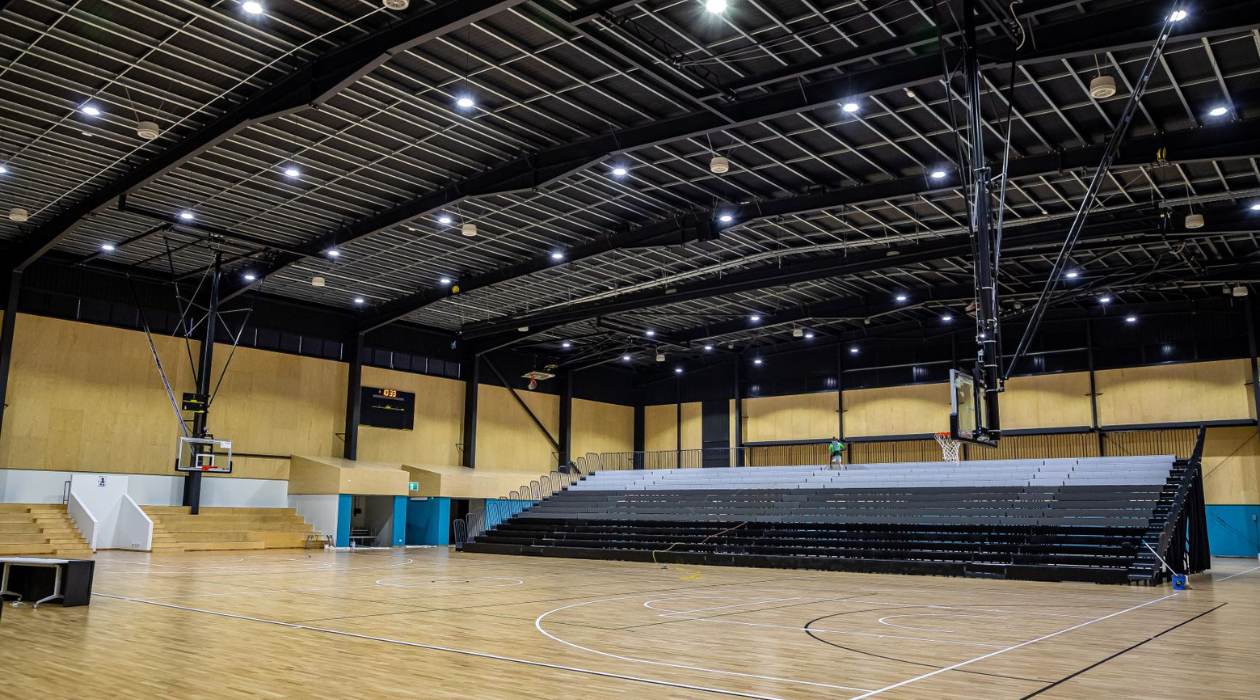
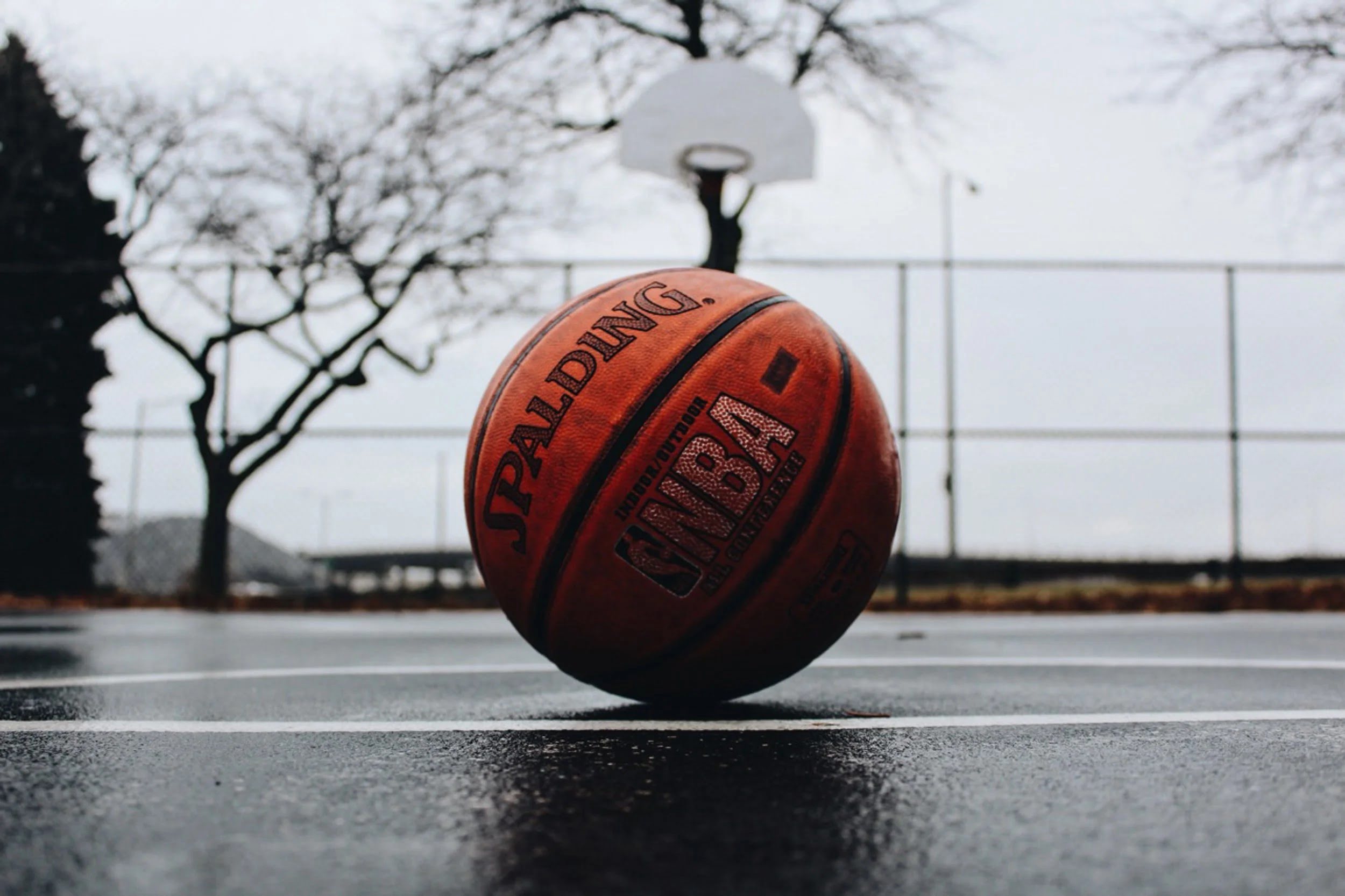
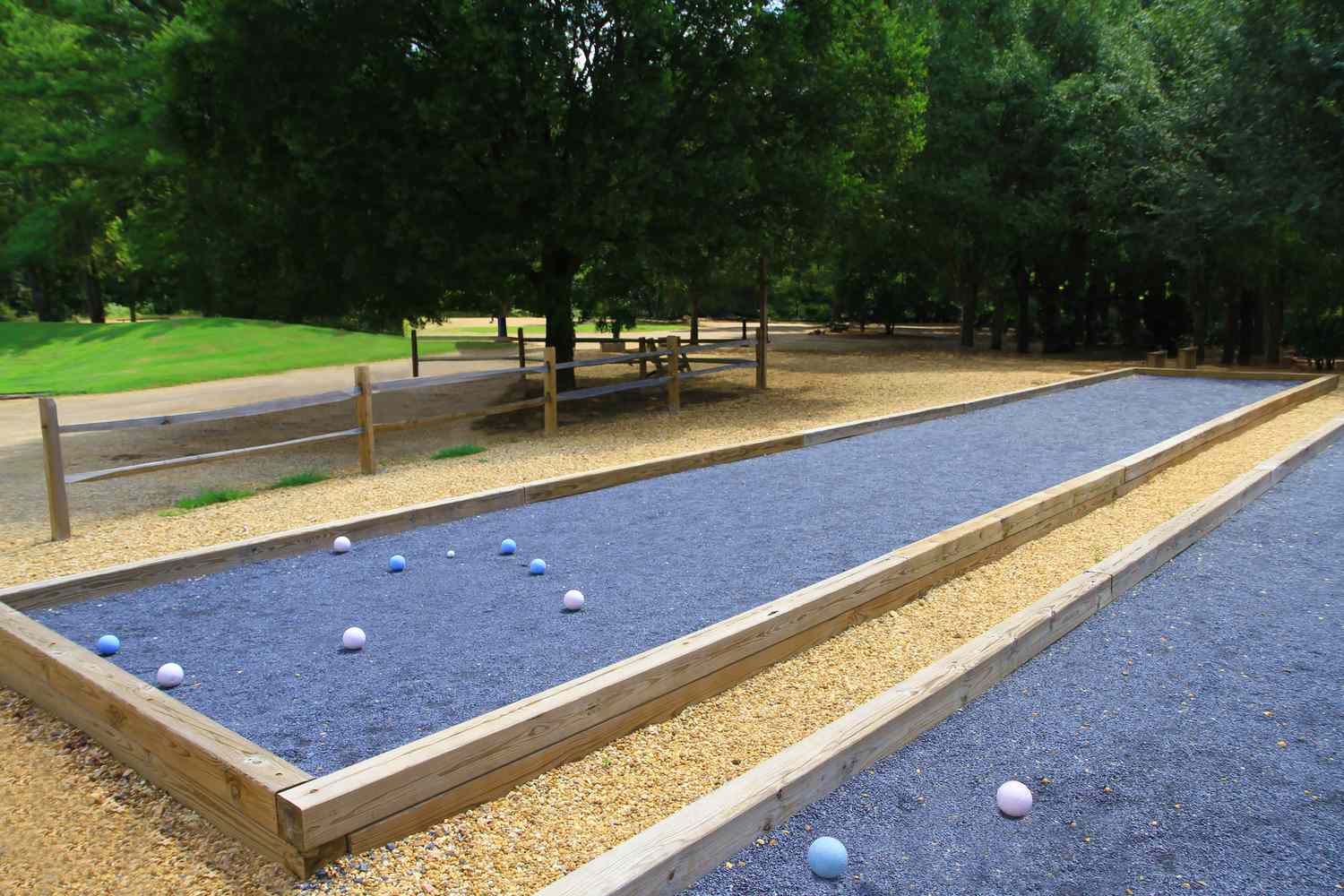
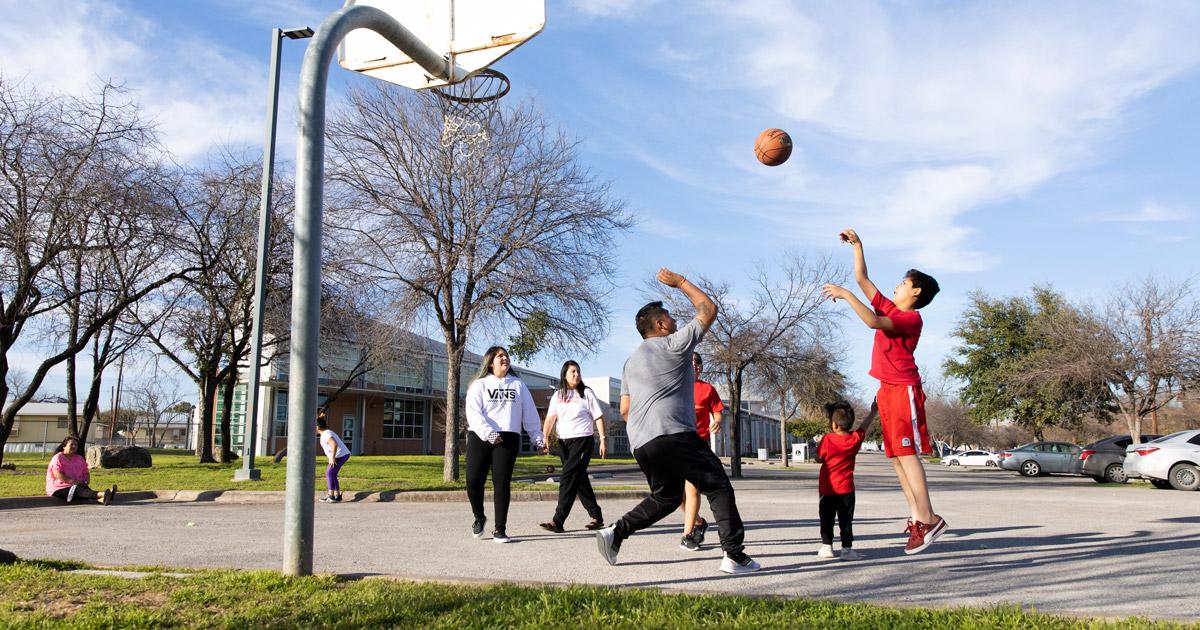
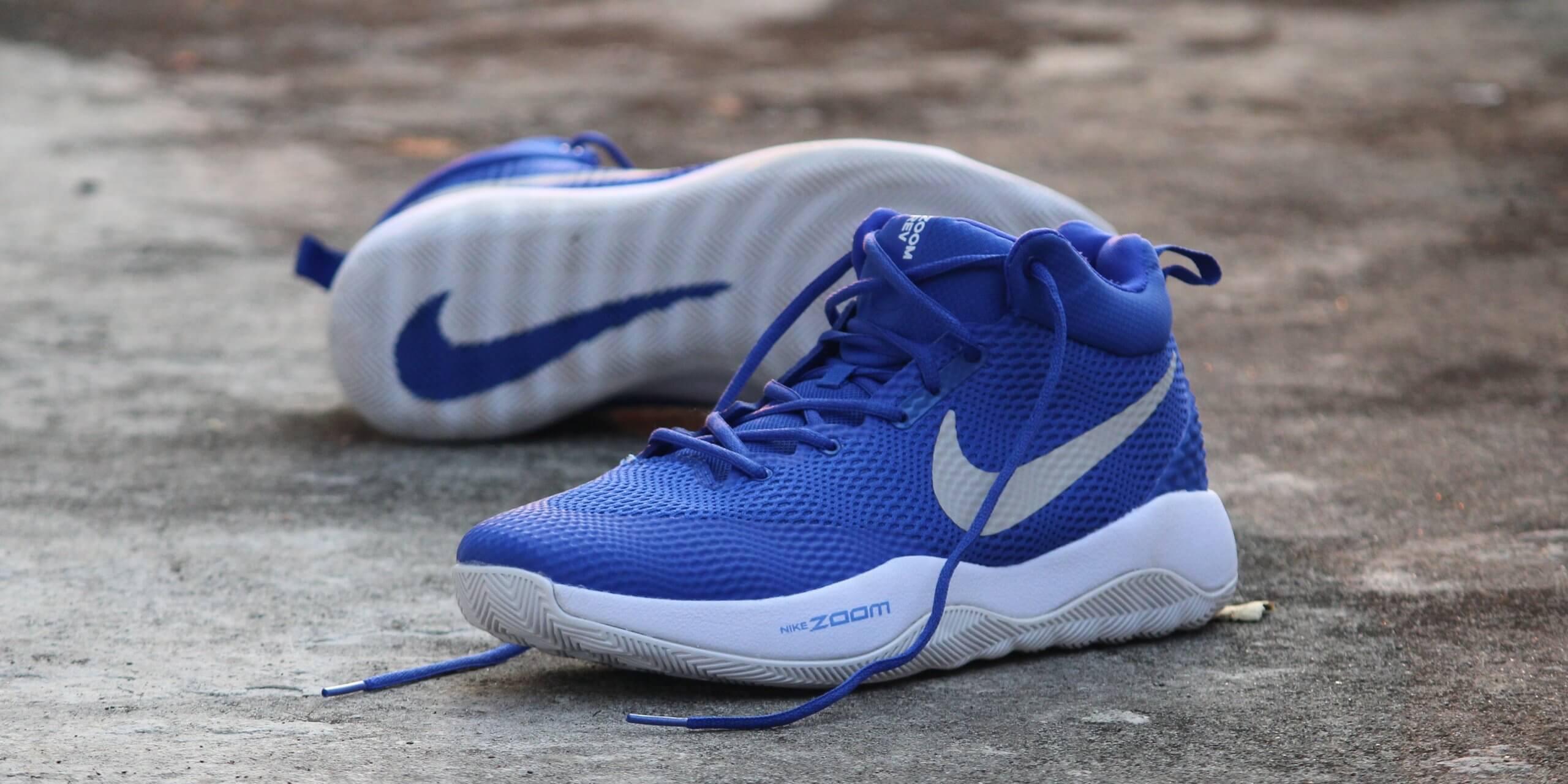
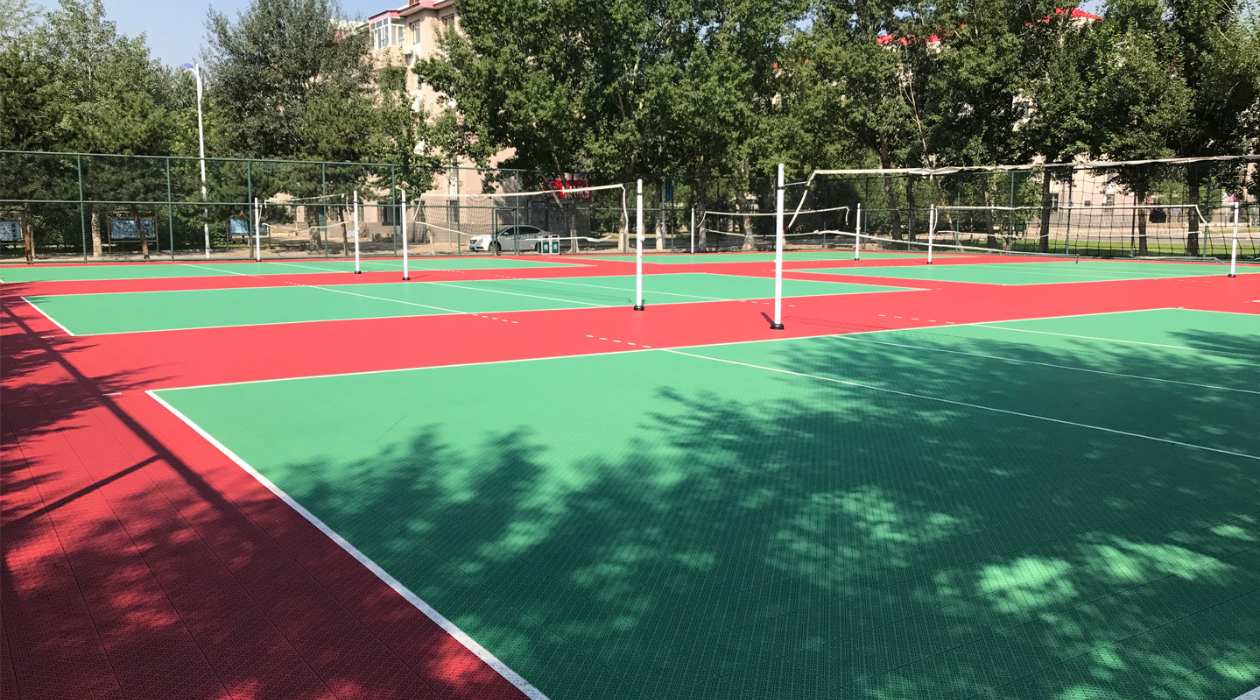
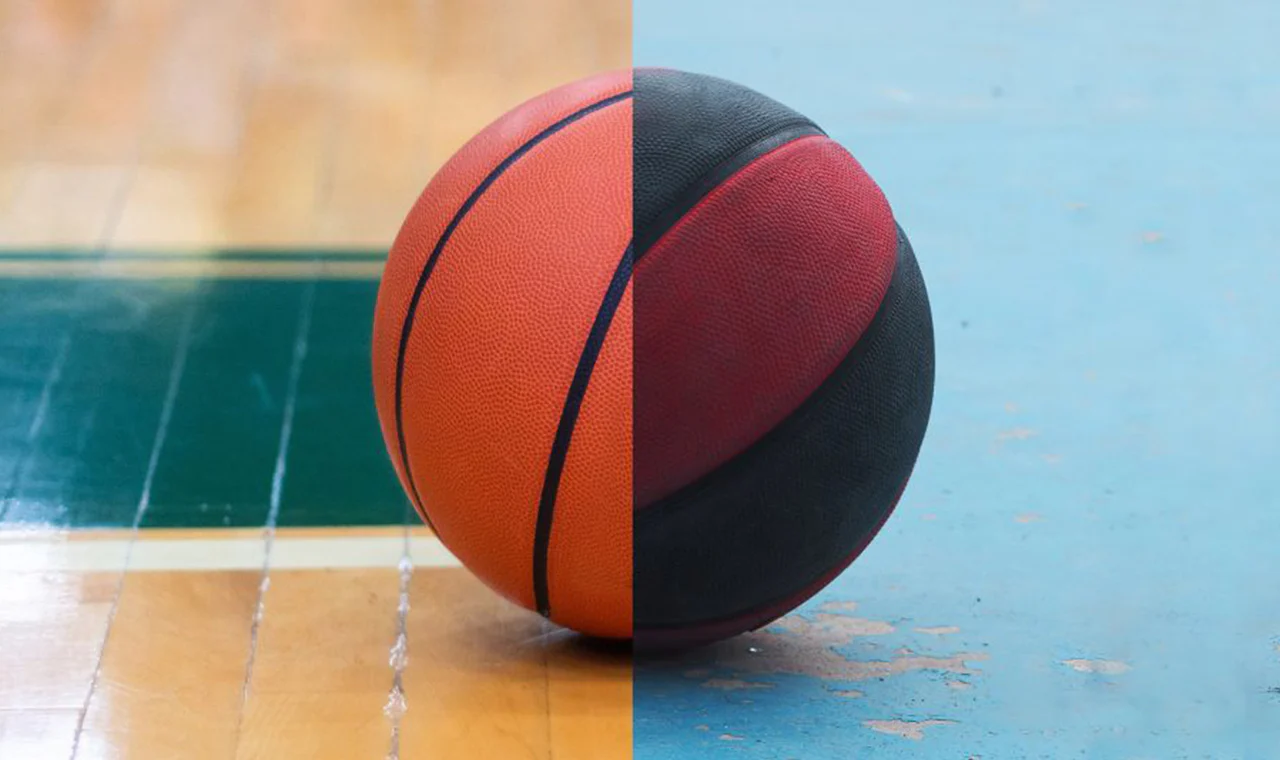
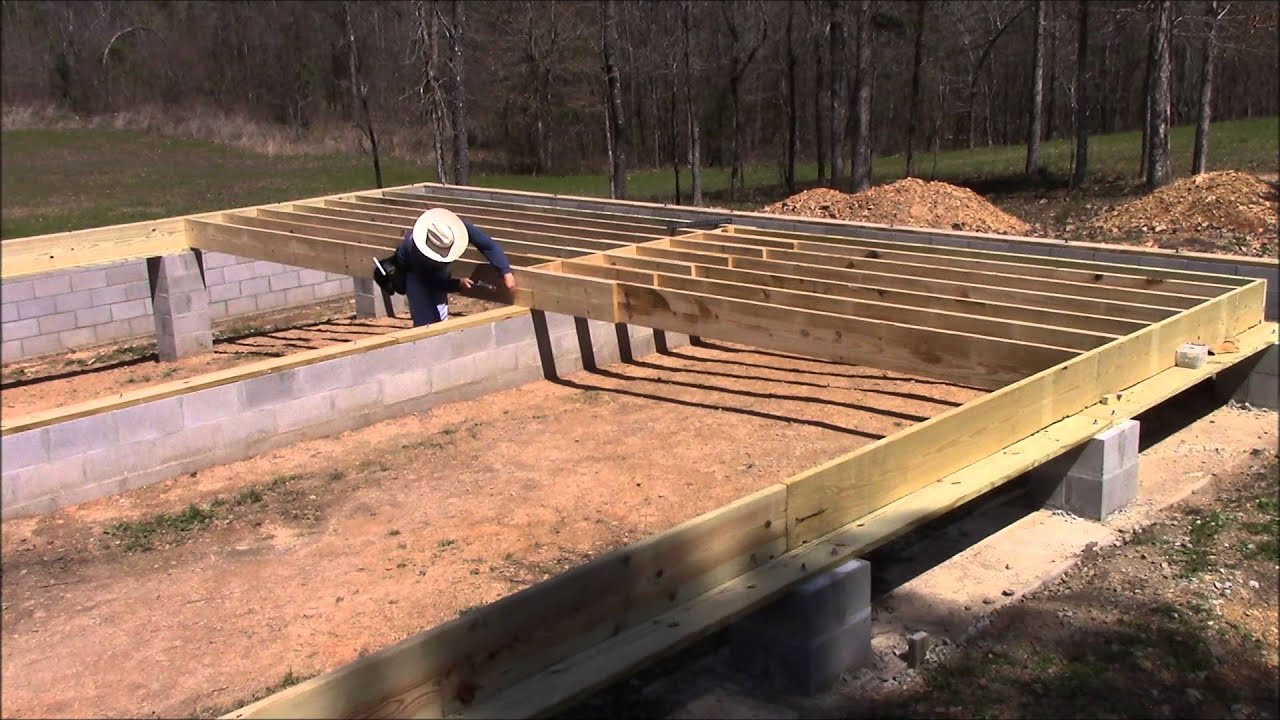
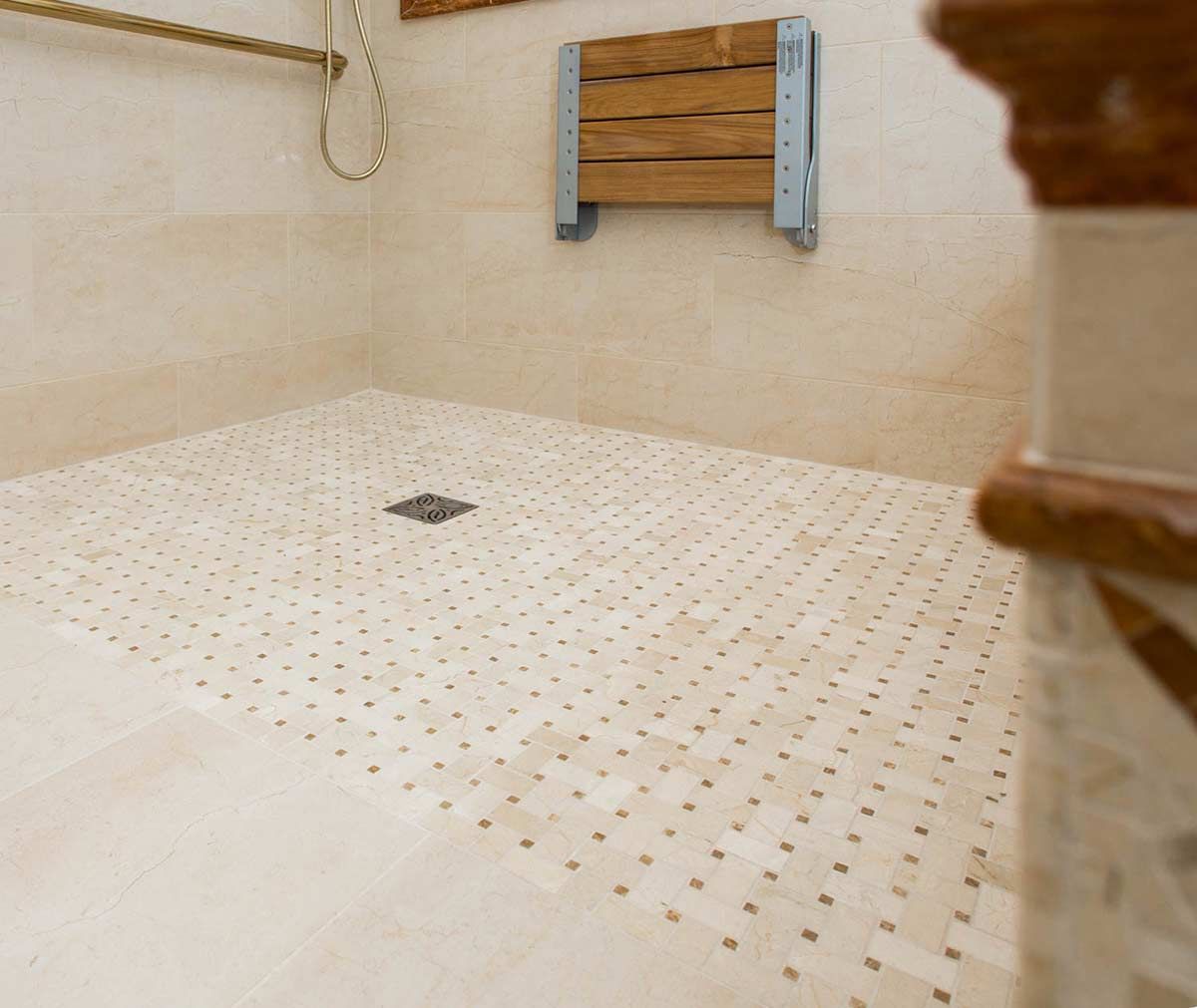
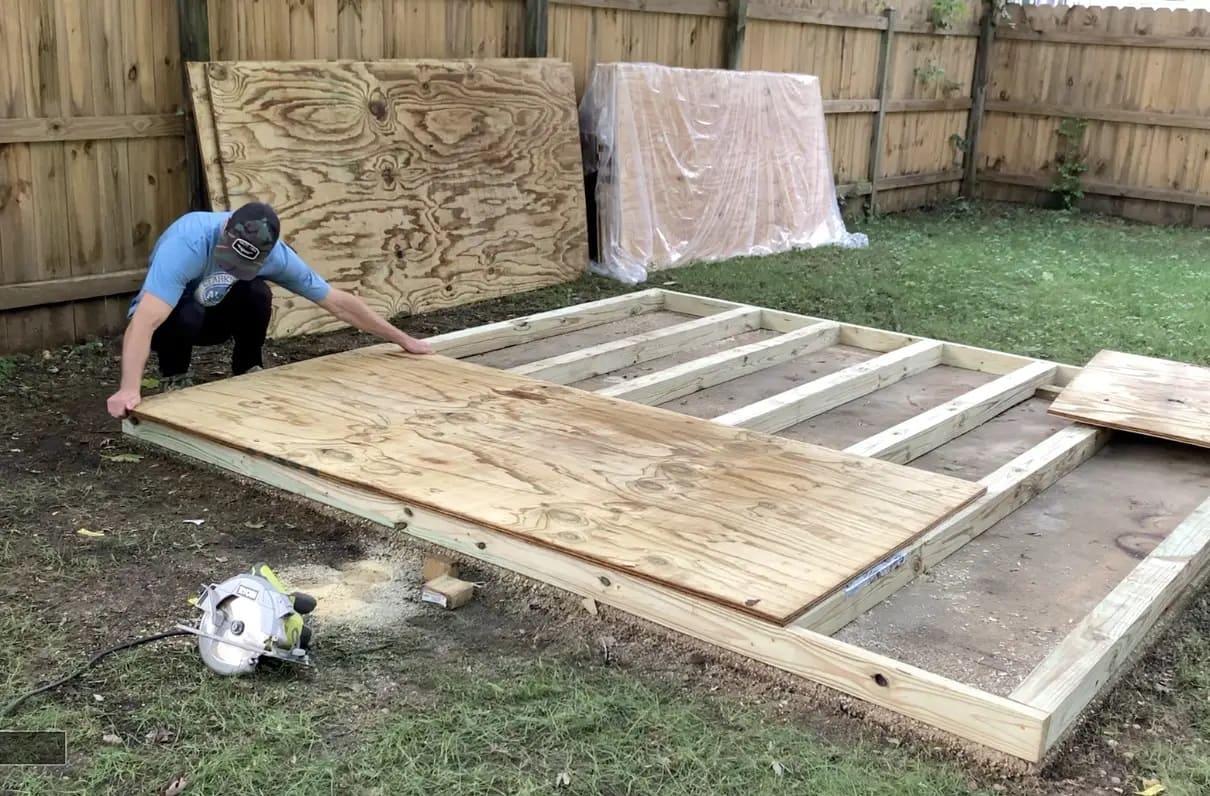
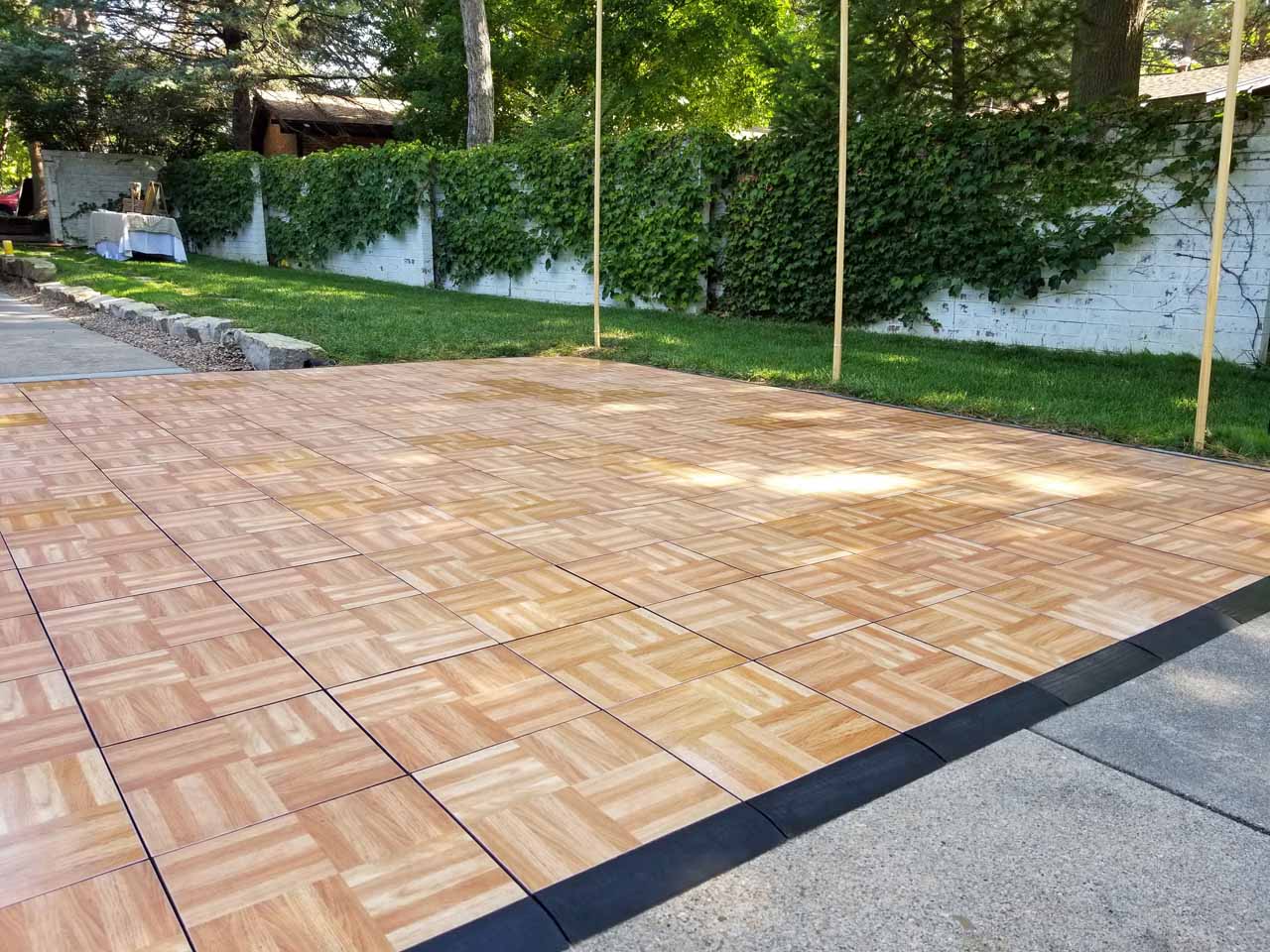
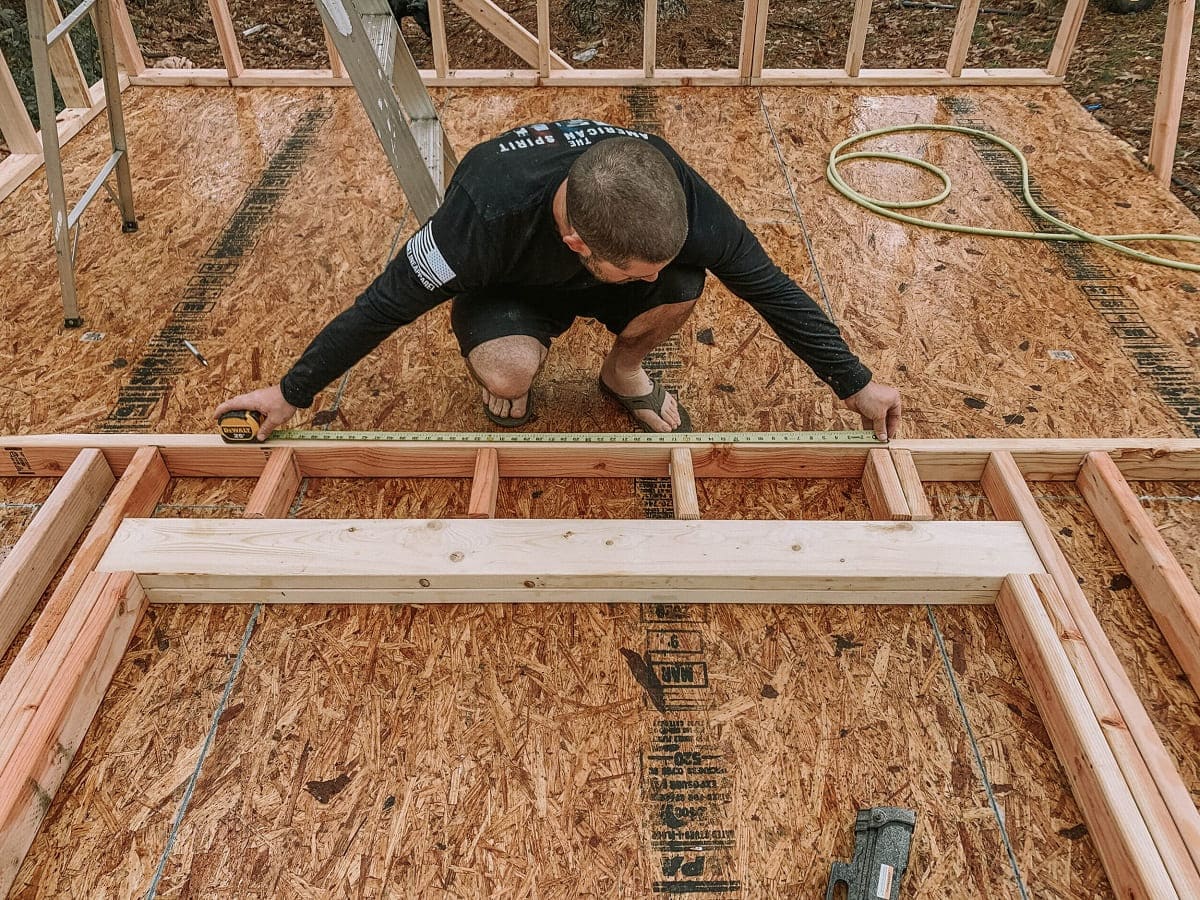
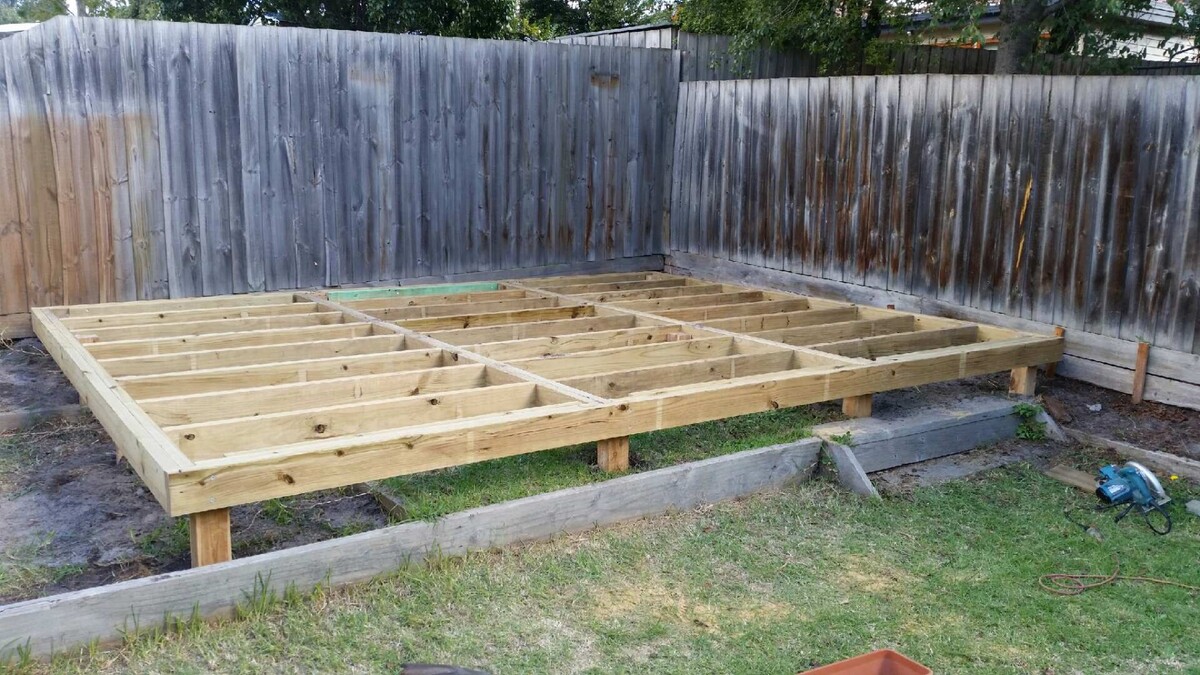
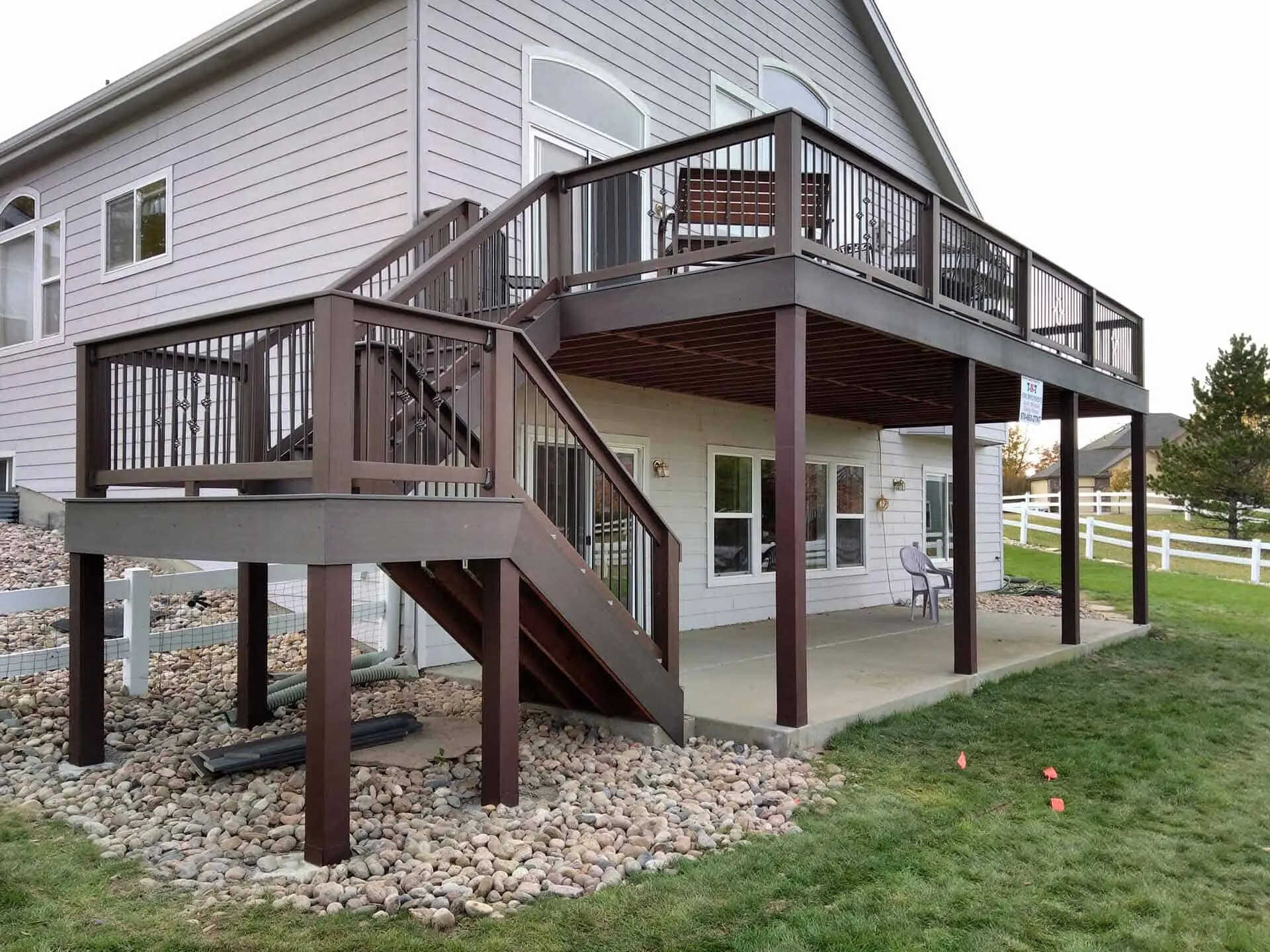

0 thoughts on “How To Build An Outdoor Basketball Court Floor”